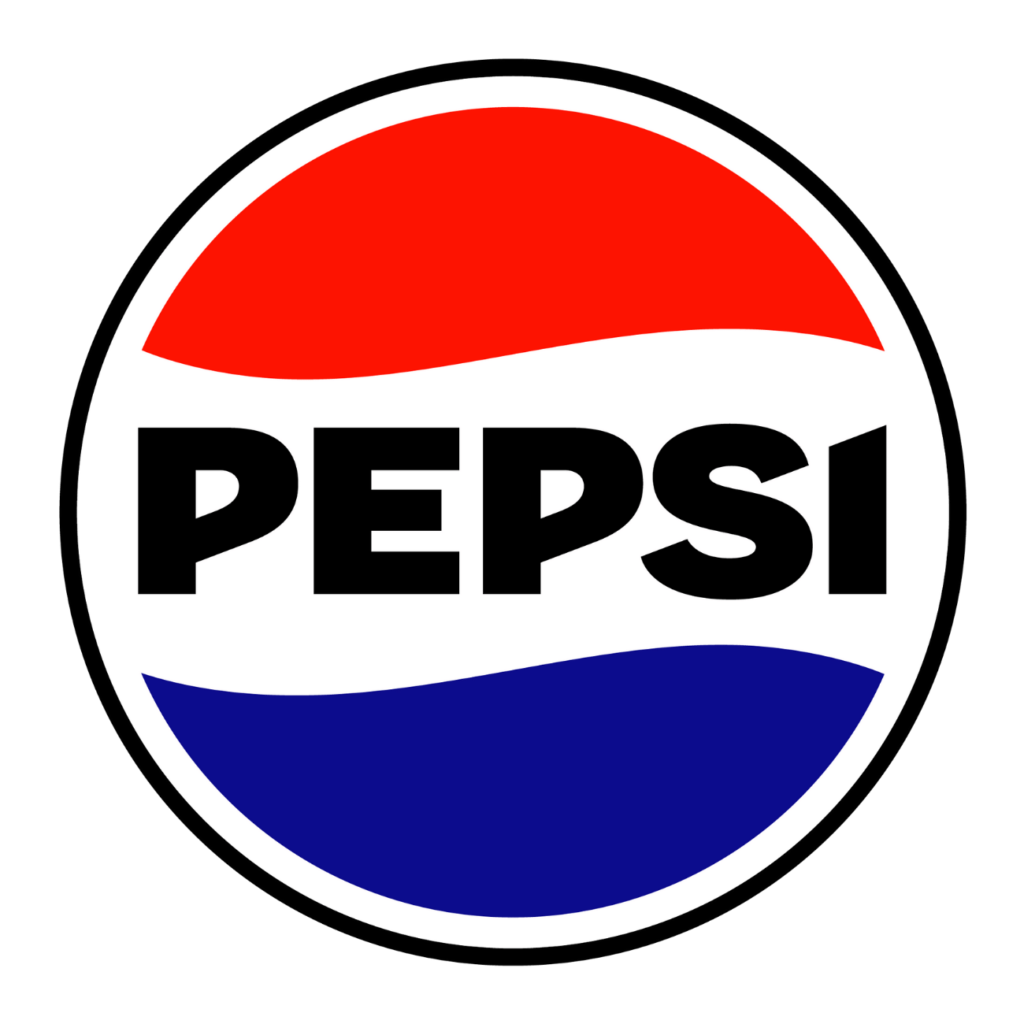Introduction
When thinking of the impression you want your business to make, whether you’re new to the game or have decades of experience under your belt, the importance of a good logo cannot be understated.
Where your website’s design may be your audience’s first impression of you as a business owner, your logo is the world’s first impression of you as an entity.
Your entire brand aesthetic, message, and purpose will be judged by most people within the first tenth of a second after seeing your logo for the first time. In short, your logo is a pretty big deal – but so many people out there drastically underestimate – or outright ignore – the importance and impact of each principle of design used to create a logo that will reach the eyes of thousands of people – if not more.
Throughout this blog, I’ll explain, in-depth, how to utilize each aspect of logo design to create a concise visual representation of the message and purpose of you and/or your brand.
Recognition
Can you do me a favor?
I want you to think of two things quickly: A cola brand and the color(s) associated with it.
Got it? Alright, be honest… what brand did you think of?
I’m willing to bet some serious money that you guessed Coca-Cola and its iconic red color. Coca-Cola is one of the most recognizable brands that has ever been created. Don’t believe me? You’ve heard of Santa Claus, right? Well, did you know that the Holly Jolly icon didn’t always have his iconic bright red suit and snow-white beard? Coca-Cola is solely responsible for the modern interpretation of Santa Claus, originating all the way back in the 1920s through magazine ads like The Saturday Evening Post. Coca-Cola, through its never-ceasing loyalty to its iconic signature logo and bright red color, has remained recognizable for almost a century now by any age group.

By harnessing the power of recognition, your brand’s trust and popularity can be taken to lengths beyond human comprehension.
Utilize a simplistic design that speaks to your message and purpose as a person or brand, and be consistent with it. Coca-Cola and Apple are each iconic for their incredible innovation in their respective industries, but more importantly for their loyalty to their primary ideas and goals as a brand.
Recall
Speaking of Apple, I don’t have to remind you what their logo is, right?
Not only is it in the name, but there really isn’t too much to remember – and that’s perfect.

The iconic apple shape with the subtle bite signifies everything Apple stands for: prestige, quality, and innovation. Apple products are dignified, but with so much personality under the hood. More importantly, the Apple logo, color aside, has been the same since 1977! Most modern brands change their logo and colors every couple of years, but that strategy completely works against the principle of recall in logo design.
When designing your logo, keep the principle of recall in mind, as this will be the factor that keeps your brand relevant in people’s minds for years – if not decades – to come.
If Coca-Cola is the perfect brand to study for what to do with your brand identity, then Pepsi is the perfect brand to study for what NOT to do with your brand identity. Pepsi is constantly changing things that don’t need to be changed, and it leads to confusion in its audience and tarnishes its brand recognition. Pepsi has changed its logo so often that, when writing this, I had to Google which logo they’re using as of 2024. This incessant need to fix “what ain’t broke” not only confuses their audience, but makes reproduction an absolute nightmare.
Reproduction
Sadly, few people ever consider reproduction as a factor when designing their logo.
Here’s a fun fact: Pepsi paid Landor Associates one million dollars to redesign their logo in 2008. That may sound excessive, but try to imagine for a moment how many places the Pepsi logo has been placed since its inception. Vending machines, magazines, bottles and cans, billboards, merchandise, and advertisements across all of those platforms and locations had to be replaced with their new logo as soon as possible.
Even today, some of those pre-2008 logos are still out there because of just how much coverage Pepsi had at the time. It has been nearly impossible for their distribution and production to keep up with the ever-changing designs.
Keeping that in mind, I want you to think about this: The logo Pepsi bought in 2008 is not the same logo they’re using in 2024. Between 1977 and 2024, Pepsi changed the shape of its logo five times. Neither Apple nor Coca-Cola have changed the shape of their respective logos a single time since 1977.

Now, I also want you to try to guess which of these three companies has had to fight for relevance the most since then. If you guessed Pepsi, congratulations, you’re right!
The importance of a timeless logo cannot be understated. Designing your logo in black and white will help you keep reproduction cost and principles in mind. The fewer colors your logo has, the cheaper it will be to print, the more reach you’ll be able to have, and the longer your logo will last. If your logo doesn’t look good in black and white, it may be wise to rethink your design to help extend the lifetime of your logo and save you from headaches down the road.
In Conclusion,
It’s so important to think long-term when designing your logo. Every successful logo is recognizable, be it a result of iconic colors or shapes. The ability for others to recall your brand based on its design will carry your brand to stardom. Certain colors or shapes will remind them of you or your brand, solidifying your brand in their minds, and making them want to indulge in whatever you’re offering.
Lastly, reproduction can’t be ignored. Production costs can drastically hinder your reach. The more physical AND digital surface area you’re able to cover, the more people are going to see and think about your logo and, as a result, your brand and offerings.
Written by Andrew Poston
Assistant Designer










